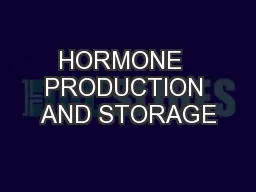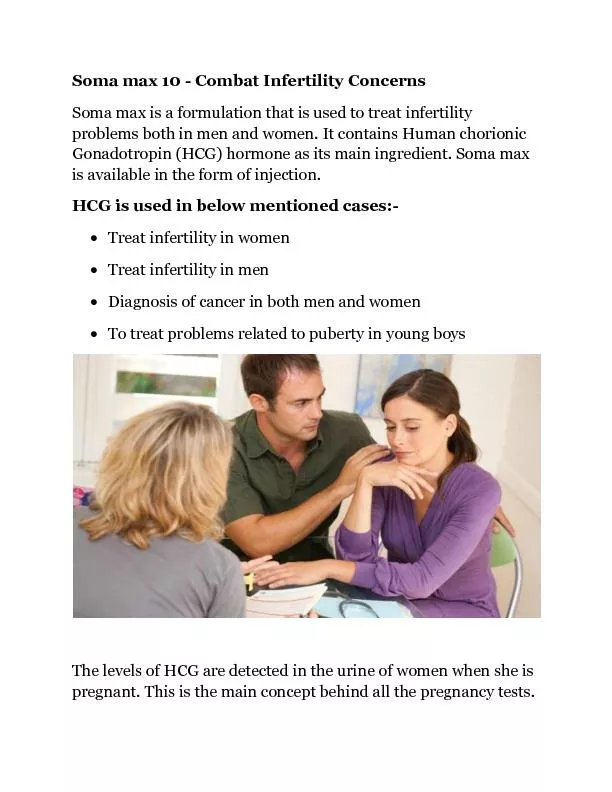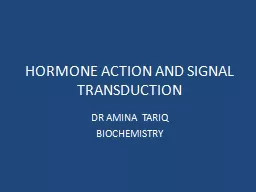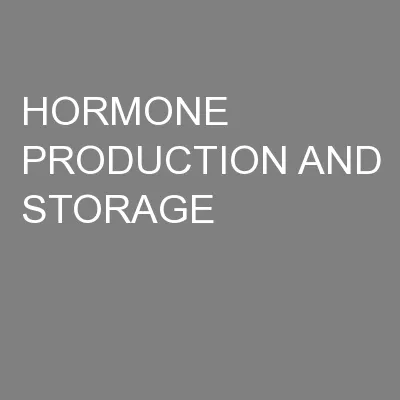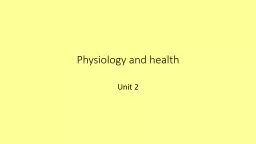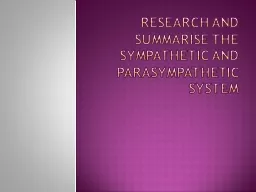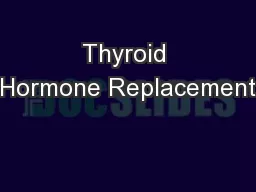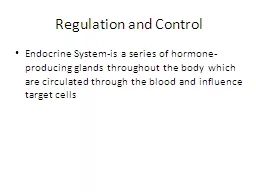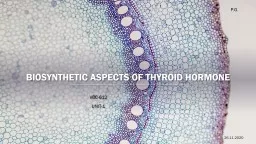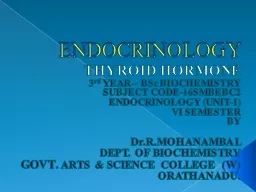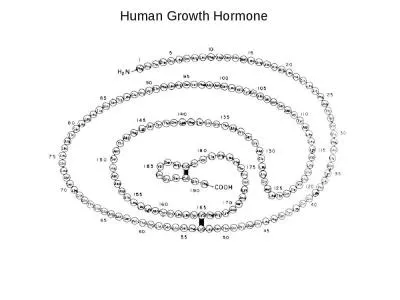PPT-HORMONE PRODUCTION AND STORAGE
Author : marina-yarberry | Published Date : 2018-01-09
DR AMNA TAHR ASSISTANT PROFESSOR PHYSIOLOGY DEPARTMENT KEMU HORMONE A hormone is a chemical substance produced in particular parts of organisms by specific
Presentation Embed Code
Download Presentation
Download Presentation The PPT/PDF document "HORMONE PRODUCTION AND STORAGE" is the property of its rightful owner. Permission is granted to download and print the materials on this website for personal, non-commercial use only, and to display it on your personal computer provided you do not modify the materials and that you retain all copyright notices contained in the materials. By downloading content from our website, you accept the terms of this agreement.
HORMONE PRODUCTION AND STORAGE: Transcript
Download Rules Of Document
"HORMONE PRODUCTION AND STORAGE"The content belongs to its owner. You may download and print it for personal use, without modification, and keep all copyright notices. By downloading, you agree to these terms.
Related Documents

